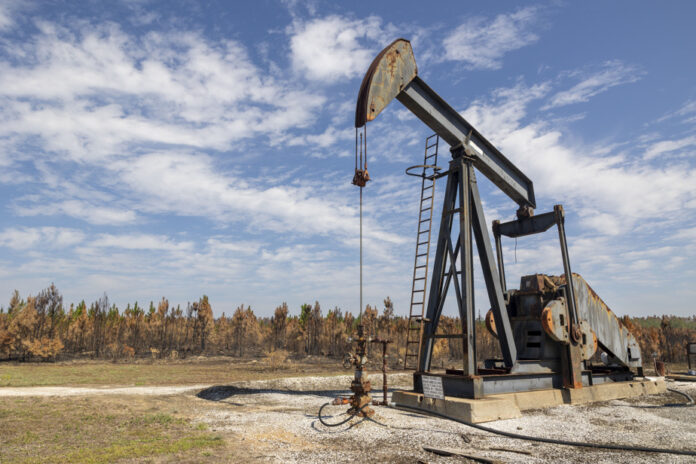(London) The price of oil climbed on Friday, driven by the announcement of restrictions on Russian exports of gasoline and diesel, despite the prospect of future increases in American key rates.
Around 8:20 a.m. ET, a barrel of North Sea Brent, for November delivery, was up 0.88% at $94.18.
Its American equivalent, a barrel of West Texas Intermediate (WTI), for delivery the same month, rose 1.06% to $90.69.
In response to its domestic fuel shortage which is causing prices to soar in the country, Russia on Thursday introduced export restrictions on gasoline and diesel.
Around 8:25 a.m. (Eastern time) on Friday, the benchmark European diesel contract, for delivery in October, fell slightly from the peak reached after the announcement of Russian restrictions, down 1.39%, to 993 dollars per ton, still close to its highest level of the year.
This decision “immediately pushed [crude] prices into positive territory,” comments Tamas Varga, analyst at PVM Energy, especially as Saudi Arabia and Russia plan to deprive the market of 1.3 million barrels. per day until the end of the year.
The price increase, however, remains moderated by several factors.
Although the US Federal Reserve (Fed) announced on Wednesday that it would not raise its key rates, the US central bank indicated that it planned to do so later this year.
A possibility that is “destructive to demand” because it penalizes growth, indicates Han Tan, analyst at Exinity.
A context of high rates is also “associated with a feeling of risk aversion”, notes Stephen Innes of SPI AM.
This phenomenon limits the surge in the prices of black gold, an asset considered volatile, and conversely boosts the dollar, a safe haven.
As oil is traded in dollars, the appreciation of the greenback puts buyers with foreign currencies at a disadvantage, who see their purchasing power diminish. Conversely, a weaker dollar traditionally supports demand.















